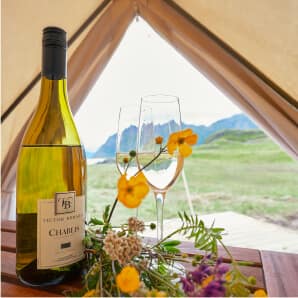travel
archaeology, Syria
Syria, travel
Syria, travel
Syria, travel
Page [tcb_pagination_current_page] of [tcb_pagination_total_pages]
travel
archaeology, Syria
Syria, travel
Syria, travel
Syria, travel
Page [tcb_pagination_current_page] of [tcb_pagination_total_pages]
free training
Lorem ipsum dolor sit amet consectetur. Libero vitae nunc enim facilisis nisl eros molestie suspendisse placerat. Viverra integer facilisi id proin pulvinar sagittis
